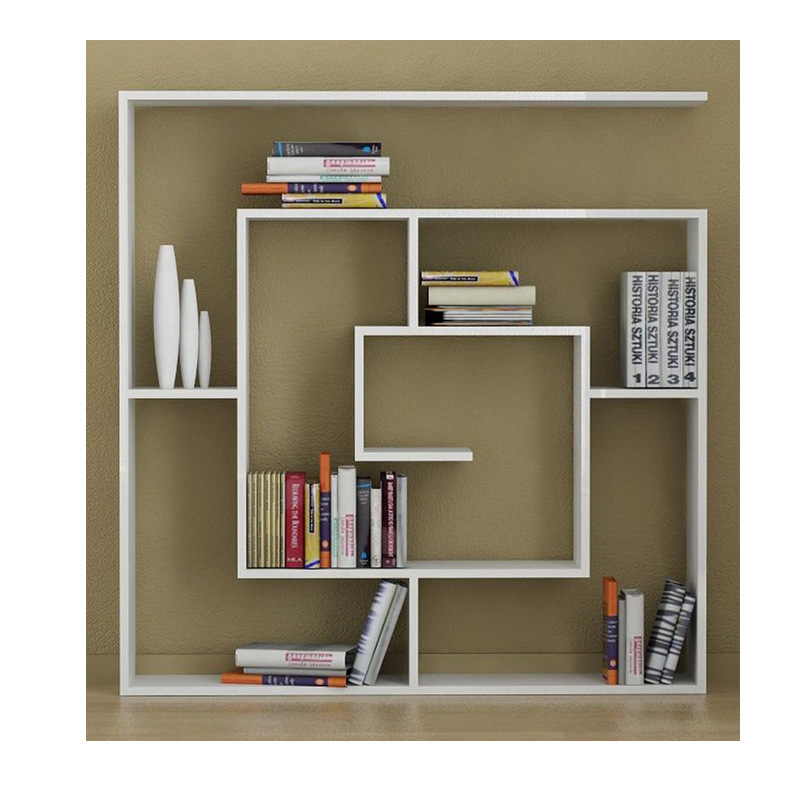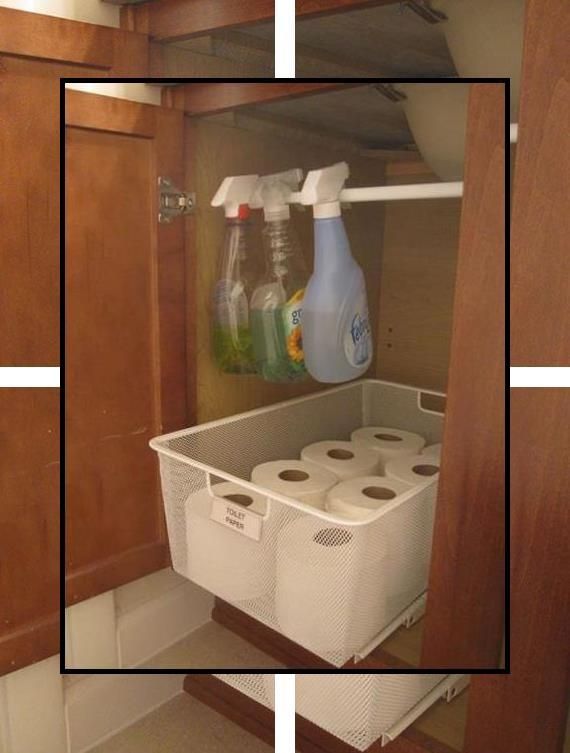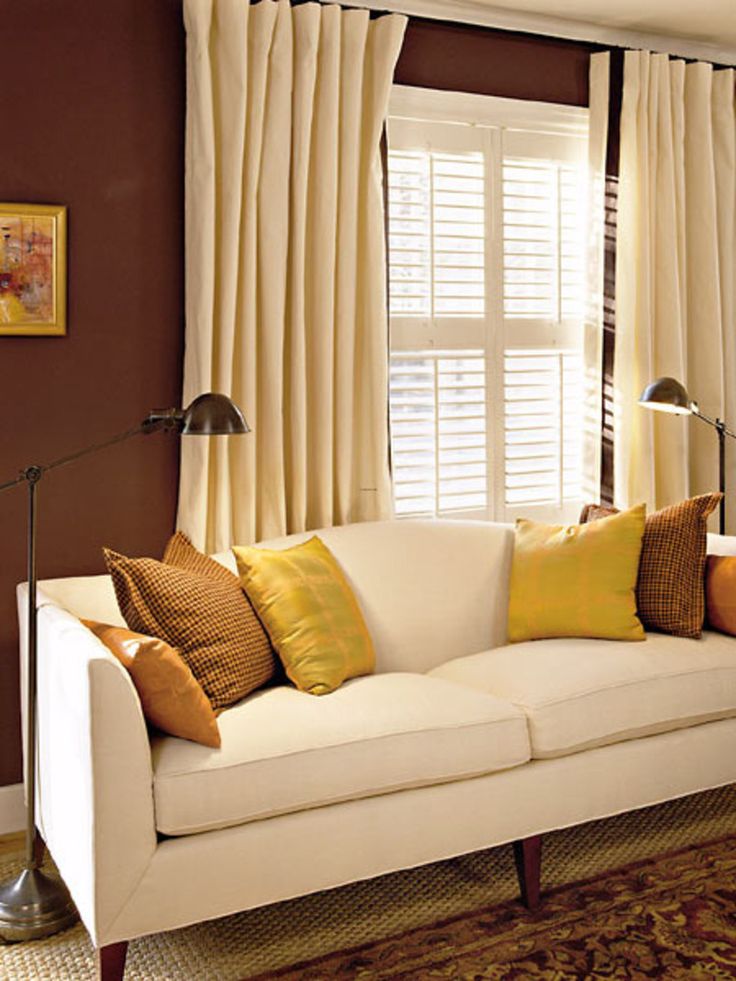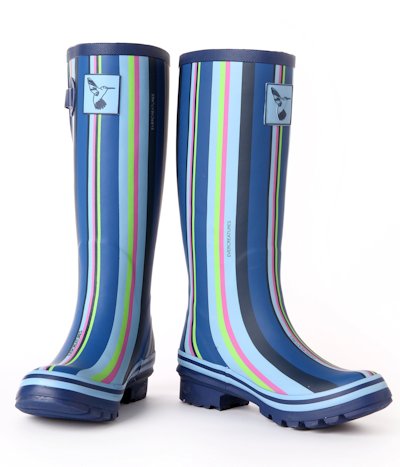Bathroom remodel mistakes
Avoid Making These 18 Mistakes on Your Next Bathroom Renovation Project | Architectural Digest
Bathroom
Because DIY errors can turn your luxe look into a nightmare that can’t be fixed
By Terri Williams
You may want to renovate your kitchen to be the home’s hub, but a dream bathroom serves a different purpose altogether. The kitchen brings everyone together, but the bathroom is a retreat from your hectic lifestyle where you can enjoy some much-needed you time. Whether you want to relax at the end of a long day or have some peace and quiet, the right bathroom can do both.
However, a bathroom reno, although exciting, is more complex than remodeling some of the other rooms in your home. If you need some help, you should look for the warning signs of a bad contractor in any type of renovation project. But beyond that, there are certain mistakes you’ll want to avoid while renovating your bathroom. Here are 18 things to look out for, according to design experts.
Some projects don’t take a lot of thought and planning, but this won’t be one of those. “You can wake up on Saturday morning and decide to paint your bedroom or dining room and be successful, but the same is not true with a bathroom project,” explains Jeff Andrews of Jeff Andrews Design in Los Angeles. “You need to be well aware of the plumbing and electrical, understand the different flooring and surface materials… Even a few coats of paint could cause problems if you don’t have good ventilation.” In order words, you need to think through all of those components and more before embarking on a bathroom reno.
His view is shared by Stephen Pallrand, founder at CarbonShack in Los Angeles, who recommends taking the time—and hiring the right professionals, if budget allows—to draw up a really good, carefully considered layout.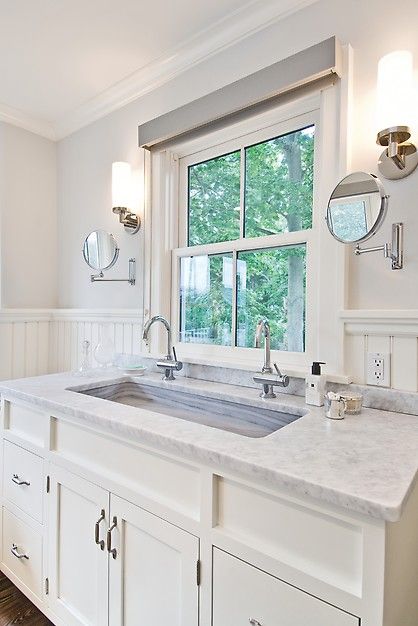 “It can be very tricky to fit in all the various elements you want to include in your new bathroom in a way that (1) makes sense, (2) looks good, (3) functions properly, and (4) conforms to your area’s building codes.” Pallrand recommends drawing up as many different iterations of the bathroom layout as you need to be confident that you’ve considered everything. “Putting in this extra work at the beginning of the project will help you avoid any undesirable, unintended consequences later on,” he says.
“It can be very tricky to fit in all the various elements you want to include in your new bathroom in a way that (1) makes sense, (2) looks good, (3) functions properly, and (4) conforms to your area’s building codes.” Pallrand recommends drawing up as many different iterations of the bathroom layout as you need to be confident that you’ve considered everything. “Putting in this extra work at the beginning of the project will help you avoid any undesirable, unintended consequences later on,” he says.
Technology has made it even easier to fully plan your bathroom reno, and it would certainly be a mistake not to take advantage of the digital tools at your disposal. “Years ago, it was a bit of an act of blind faith because you would have drawings, samples of materials, etcetera, but a lot was left to the imagination about how your room was going to end up,” says Mark Cutler, cofounder of L.A. firm CutlerSchulze.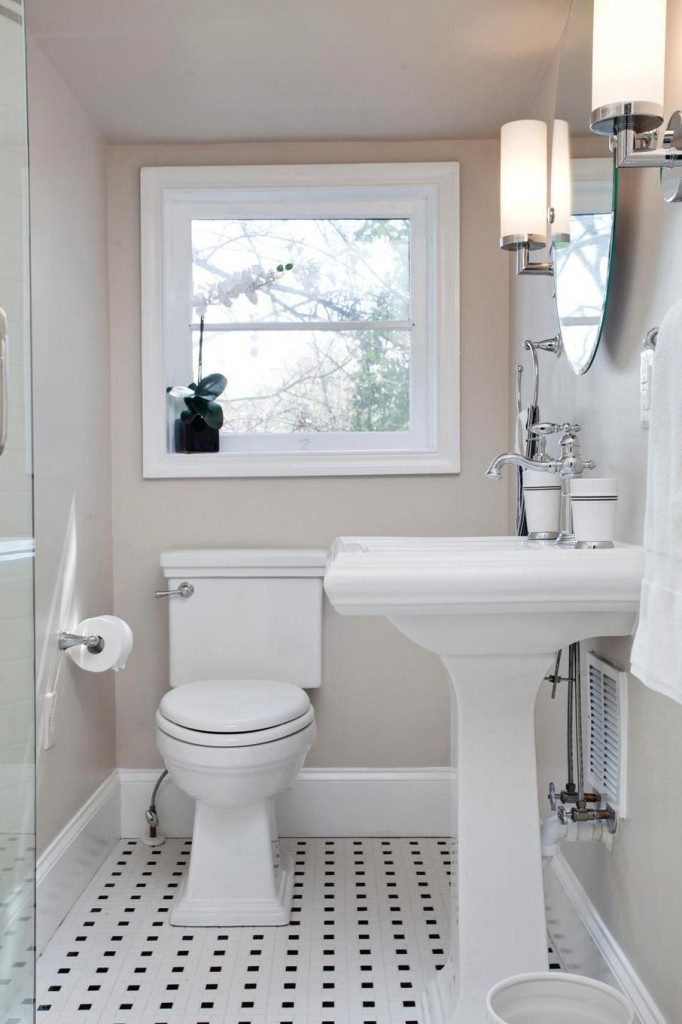 “Now you have the option of creating almost photorealistic renderings that show every detail of the design.” Cutler admits that some of these renderings cost “not an insignificant amount of money.” However, he says that they can save you countless hours and thousands of dollars in the end.
“Now you have the option of creating almost photorealistic renderings that show every detail of the design.” Cutler admits that some of these renderings cost “not an insignificant amount of money.” However, he says that they can save you countless hours and thousands of dollars in the end.
It’s understandable that you’d want to focus on the finishes. However, Charmaine Wynter, design principal at Charmaine Wynter Interiors in Southlake, Texas, warns that it’s a mistake to spend less attention and energy on the less glamorous parts of the renovation. “For example, people often research at length the grout color, but they fail to consider if the tile requires sanded or non-sanded grout, or if the grout must be sealed versus unsealed.” Wynter also points out that it’s possible to spend hours searching for the perfect tile, but then fail to determine how much space is required between each tile for the proper adherence and to resist cracking. “In essence, DIY enthusiasts often put the cart before the horse, or the aesthetic before the function,” she says.
“In essence, DIY enthusiasts often put the cart before the horse, or the aesthetic before the function,” she says.
There’s a tendency to underestimate the budget on any renovation project. However, Cutler notes that this is a particularly common problem with bathrooms. “The price for stone, tile, and plumbing may only be about a third or a quarter of the total cost of the bathroom,” he says. “Labor for installation and construction always ends up being a lot higher than people think, and it is a huge mistake to try and cut corners because you could end up with leaks in your wall or mildew growing behind tile.”
In addition to underestimating the budget, Cutler believes that DIY’ers also get carried away with all of the various options: “We have all been there in the plumbing showroom looking at all those amazing options: Body sprays, steam, heated floors, and even talking toilets, but they all come at a cost.”
And sometimes, he says, there’s a tendency to blow your budget on these features and then end up not using them a few months later. “Before committing to these toys, take a few visits to high-end spas and try some of them out to see if it is something that will fit into your lifestyle,” Cutler advises.
“Before committing to these toys, take a few visits to high-end spas and try some of them out to see if it is something that will fit into your lifestyle,” Cutler advises.
Every year, cool new bathroom features and gadgets enter the market. Cutler points out that a bathroom remodel is one of the most expensive projects, so you should try to make it as timeless as possible. As he further explains, “Our rule of thumb is to make the bigger, more permanent items more classic, and then with things that are easier to change out—think wallpaper, light fixtures—make them more trendy.” This will allow you to have a bathroom that won’t need to be remodeled again for another five years or so.
Changing the location of the tub, toilet, or sinkSome renovations are like giving your bathroom a facelift, while others are like performing major surgery. “Changing the location of major water and waste systems is akin to major surgery,” says Michael DiMartino, senior vice president of installations at Power Home Remodeling in Chester, Pennsylvania. “Your plumbing and electrical systems are already in place, and there are many complex steps involved in moving them around,” he adds. “It requires gutting everything in your bathroom, rerouting water and waste lines, and making sure all attachments are connected and sealed properly.”
“Your plumbing and electrical systems are already in place, and there are many complex steps involved in moving them around,” he adds. “It requires gutting everything in your bathroom, rerouting water and waste lines, and making sure all attachments are connected and sealed properly.”
DiMartino recommends keeping the tub, toilet, and sink exactly where they are because “you can swap them with updated models, but once you start envisioning your toilet where your sink used to be, call a contractor.”
Overestimating your skillsetAlthough there are many bathroom projects that you may be able to handle, Wynter warns against trying to tackle the task of bathroom plumbing. “Many DIY’ers overestimate their skill and underestimate the difficulty, often venturing into life-threatening areas,” she says. “Attempting to move or relocate plumbing pipes or drains is serious business as sewer gasses need to be vented correctly in order to prevent inadvertent poisoning. ” DiMartino agrees that it’s far easier and less risky to hire a plumber for a few days of work than attempting a few weeks on your own—and you might end up having to call in a plumber for an emergency fix anyway.
” DiMartino agrees that it’s far easier and less risky to hire a plumber for a few days of work than attempting a few weeks on your own—and you might end up having to call in a plumber for an emergency fix anyway.
You may be tempted to save money by installing bathroom tile on top of existing tile or wood panels, but DiMartino believes that’s a huge mistake. As he further explains, “In a room prone to moisture buildup, the tile must be laid down on top of a cement surface, or you risk the tile buckling and cracking.”
When it’s time to finally lay down the tile, he says that you need to start in the center of the room and work your way to the edges while ensuring everything remains level. “It’s also helpful as it prevents you from walking on the new flooring, which will depress your tiles,” he adds. The final step is grouting and sealing the grout. According to DiMartino, “Tiling is a four-day project that involves a lot of steps, but it’s critical you implement each one, or you’ll have major problems down the road. ”
”
Wall-mounted faucets are beautiful to look at, and they can also save space—something that is vitally important in a smaller bathroom. However, Goli Karimi, director of design at CarbonShack, warns that failing to properly plan can result in the spout being too high or too low. “You need to carefully determine the distance from the tip of the spout (where water comes out), relative to the sink top, and not necessarily the centerline of the rough valves in the wall.”
Most Popular
Another mistake Karimi sees is a set that is too small or is positioned too far from the counter edge (if using a standard depth cabinet). If you have a wall-mounted faucet, she recommends a shallower cabinet. “Since the rough valve is put inside the wall well in advance of any finishes going in, a design professional’s help is invaluable to get the location set properly,” she says. “This should help avoid costly relocating of plumbing rough-ins later in the project since you don’t want to remove an already-tiled backsplash to make unforeseen plumbing corrections.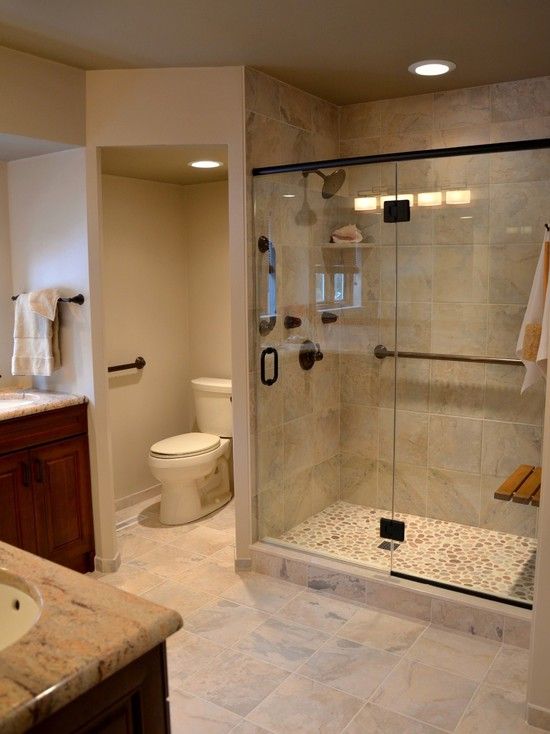 ”
”
If you plan on installing a vessel sink at your vanity, don’t make the countertop height too high. “Bathroom countertop heights these days are taller than they traditionally used to be—often 34–36", which is perfectly fine for under-mounted sinks,” Pallrand says. But with a vessel sink, the counter should be lower. “There’s nothing worse than having water run down your arm and onto the floor while trying to wash your hands or face.” Pallrand says he actually experienced this at someone’s home where there was a tall vessel sink installed on a counter 34–36" high. “Always adjust the counter height as needed to ensure a comfortable sink position.”
Botching the shower system placementHowever, it may be worth it to make some water supply changes. According to Christopher Grubb, president of Beverly Hills–based Arch-Interiors Design Group, changing plumbing locations isn’t always as expensive as you think—and sometimes, it may be worth it. “You may be tired of turning on your shower and getting wet, and if the controls were on an opposite wall, it would be more comfortable,” he says. “The cost consideration is relocating sewer lines, and if you have a raised foundation, it is much easier to move drainage pipes.” If it’s not a significant relocation, Grubb says the cost won’t be too significant. “Slab foundations become much more expensive because it is more complicated and labor intensive,” he adds.
“You may be tired of turning on your shower and getting wet, and if the controls were on an opposite wall, it would be more comfortable,” he says. “The cost consideration is relocating sewer lines, and if you have a raised foundation, it is much easier to move drainage pipes.” If it’s not a significant relocation, Grubb says the cost won’t be too significant. “Slab foundations become much more expensive because it is more complicated and labor intensive,” he adds.
Patrick Planeta, principal at the Planeta Design Group in Boston, agrees that shower placement is pretty important. “Your shower should be your sanctuary, and there is nothing worse than getting your arm wet with too hot or frigid water while adjusting your water temp,” he says. “When you enter your shower, a good rule of thumb is for the controls to be within reach from the shower door.” Here’s another tip: Planeta recommends keeping in mind the hinge direction of your shower door so you won’t block your controls.
Skimping on shower floor detailsCurbless showers are a hot trend these days, but Veronica Solomon—CEO and principal interior designer at Casa Vilora Interiors in Katy, Texas—says that most DIY’ers are not doing enough research on how to properly install them.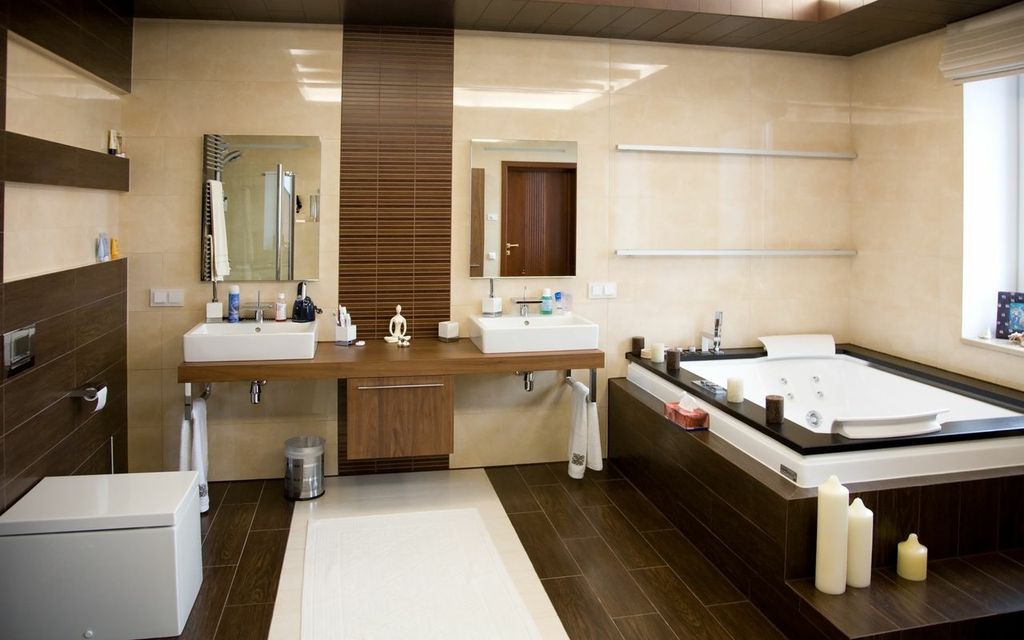 “They look very simple to install, but you need to consider the size of the shower, drain selection and placement, how to properly prepare the subfloor, the slope of the shower floor, and even showerhead placement,” she says.
“They look very simple to install, but you need to consider the size of the shower, drain selection and placement, how to properly prepare the subfloor, the slope of the shower floor, and even showerhead placement,” she says.
Most Popular
Kristi Nelson of KMNelson Design in Los Angeles warns that another mistake is not selecting the right type of tile for a shower pan. “Anything larger than 4" x 4" is, depending on the size of the shower, very difficult and almost impossible to contour into the slope needed for drainage,” she says. “Small tiles also have an important safety factor in wet areas—more grout lines equal less slippage because they provide a grab for your feet.”
Speaking of slippage, Sophia Shibles of Sophia Shibles Interiors in Providence, Rhode Island, warns that bathroom floors in general tend to be wet and slippery. “If young children or older adults will be using the bathroom, careful consideration will lead to a safer design.” She recommends checking the DCOF (Dynamic Coefficient of Friction) value on the tile before making a purchase.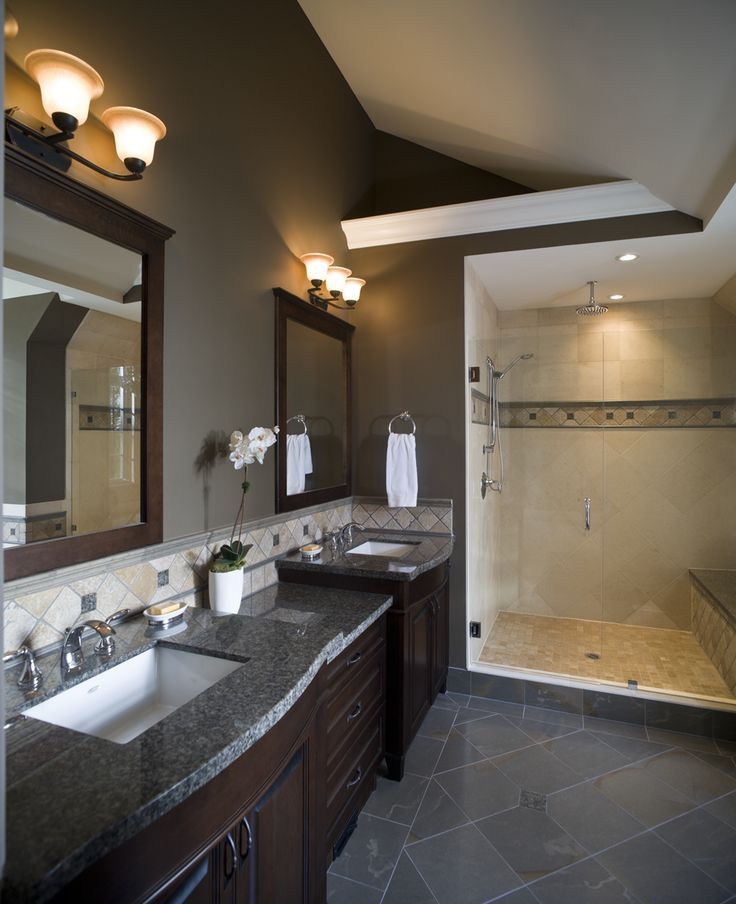 “It should be less than 0.42 for any bathroom with a shower or bath.”
“It should be less than 0.42 for any bathroom with a shower or bath.”
When choosing paint for your bathroom, it’s a mistake to only consider the color. DiMartino insists that the finish is just as important. As he further elaborates, “Flat and matte paints are the most forgiving and are great for covering up blemishes, while semi- and high-gloss finishes are typically used for trim and moldings.” DiMartino recommends an eggshell finish as the happy medium for a bathroom, adding that “because it contains more acrylic than flat and matte finishes, it’s great at repelling moisture—but it isn’t so shiny that it’ll overwhelm your walls.” Another pro tip from DiMartino for this finish is painting in one stroke. “Roll your walls from baseboard to the ceiling in one motion, or the paint will look patchy,” he adds.
Forgetting about organization and outletsIf your bathroom is cluttered, Grubb claims that it will take away from your return on investment. “If you don’t have shower niches, a remodel is the perfect time to add them and get rid of any shower caddies.” He also says that drawers with dividers and slide-out drawers with interior cabinets can create space for blow dryers, curling irons, and more.
“If you don’t have shower niches, a remodel is the perfect time to add them and get rid of any shower caddies.” He also says that drawers with dividers and slide-out drawers with interior cabinets can create space for blow dryers, curling irons, and more.
Planeta also recommends drawers that have electrical plugs. “With drawer accessories built in, they are always at the ready, all your everyday tools have a place, and there are no unsightly cords taking up space.” However, he warns against using ornate cabinet knobs and pulls because the more intricate it is, the more maintenance it will require. Instead, he recommends simple hardware that will be easy to clean.
Failing to let the contractor buy the goodsIt’s always tempting to see tile or fixtures on sale and purchase them yourself, but this decision could prove to be a mistake. “When you let the experts purchase the materials, they can make sure the order is correct (tile quantities and trim pieces, plumbing rough-in components and finish trims, etc.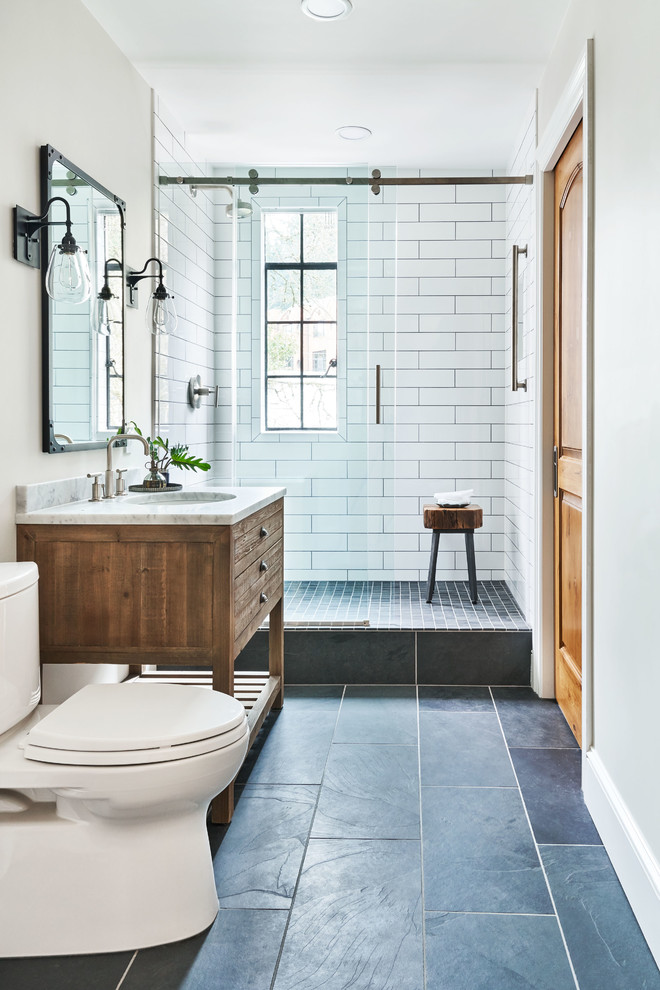 ), and then they must assume responsibility if an issue arises with the order,” Karimi says. “Homeowners generally just don’t know the installation implications of, say, a decor tile body that is thicker than the field tile, but contractors will know the change order cost arising from such an oversight.”
), and then they must assume responsibility if an issue arises with the order,” Karimi says. “Homeowners generally just don’t know the installation implications of, say, a decor tile body that is thicker than the field tile, but contractors will know the change order cost arising from such an oversight.”
Most Popular
When you DIY it on purchases, Karimi warns that any potential savings will be lost if they result in mistakes that require change orders to correct.
Underestimating the importance of ventilationThe one area that DIY’ers shouldn’t skimp on is proper ventilation. “Without it, humidity and moisture will wreak havoc on your materials and finishes and make your brand-new bathroom prime real estate for mold,” Shibles explains. “Lingering moisture will break down grout, seep into subfloors, and cause painted and stained finishes to peel prematurely.”
And then there’s the effects on your health. “Make sure to purchase a ventilation fan that is properly sized for the square footage of your bathroom, and if the toilet and shower or tub are far apart, consider using two smaller ventilation fans,” Shibles says.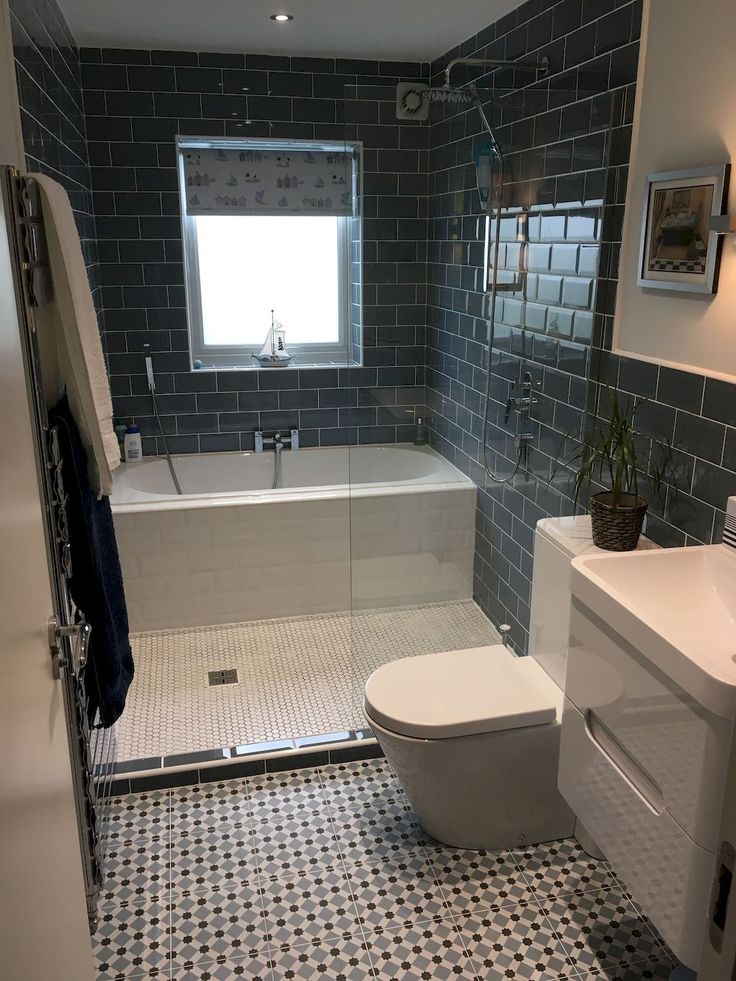
If you love marble bathrooms, you’re not alone. “It’s durable, a great insulator, comes in many shades and varieties, and it’s gorgeous,” says Vicente Wolf of Vicente Wolf Associates in New York City. “With the many varieties of stones to choose from, it is easy to fall in love with a slab infused with lots of natural veining.”
To create an air of soothing elegance, it’s important to avoid busy slabs. “Dominant patterning in marble can overwhelm a bathroom’s design for a disquieting experience,” Wolf says. “It gets worse with marble tiles—imagine all the walls and floor consisting of tiny, mismatched tile squares.”
As long as it’s not too busy, Grubb doesn’t understand why some people hesitate to use natural materials like limestone, marble, and granite. “I’ve been in this business for 30 years, and I’ve never had a client complain if they used it.” Regarding maintenance, he says it merely needs to be sealed annually to prolong its beauty. “Using any leftover counter slab material for niches or the shower surround is a beautiful detail that also avoids waste.”
“Using any leftover counter slab material for niches or the shower surround is a beautiful detail that also avoids waste.”
We’ve provided more than enough expert advice on the importance of not blowing your budget on impulse buys—trendy items or features that you might not use. However, Grubb says you shouldn’t give up on a product or finish that you love. “It is important to never finish your project and regret you made the sacrifice and think, Why didn’t I?” After all, the design is for your personal enjoyment and ease of use.
This view is also shared by Cindy Rinfret, principal designer at Rinfret Interior Design in Greenwich, Connecticut. “If infrastructural amenities—like heated floors or water jets for your tub—are high on your dream list, rework your overall budget to make sure they are taken care of during the renovation instead of saving for them later,” she says.
Though you may be putting some luxuries off and planning to add them down the road, Rinfret notes that approach can actually cost you more money. “Heated floors, for example, must be thought of in advance of tiling.”
“Heated floors, for example, must be thought of in advance of tiling.”
ExploreAD It Yourselfbathroombathroom renovationrenovation
Read MoreAD Pro
23 Glorious Game Rooms From the AD Archive
Will it be bowling, billiards, Ping-Pong, or cards? Whatever your preferred game is, you’ll want to disappear into one of these game rooms
By Rachel Davies
Architecture + Design
How to Hire an Interior Designer
Everything you need to know, including essential info about budgeting, timelines, style, and more
By Lexi Dwyer
Bathroom remodel mistakes and how to avoid them |
(Image credit: Future/Darren Cheung)
If you've been aiming to revamp your bathroom for months, with ever-evolving designs, it's east to be carried away on a wave of excitement and not completely consider the eventual practicalities of all your plans.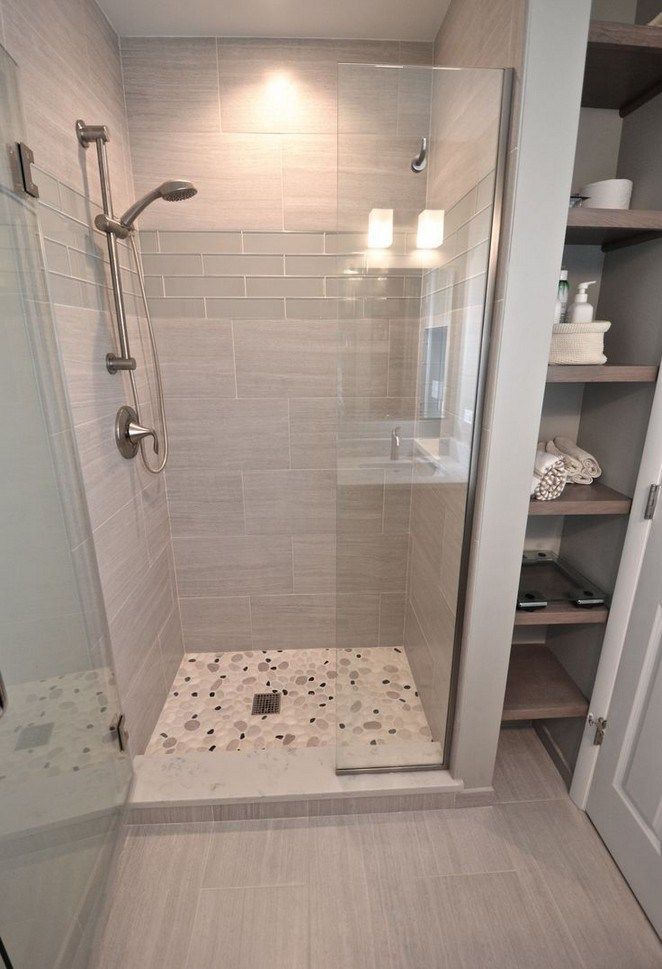
Remodeling a bathroom from scratch is by no means an affordable project either, and the cost, combined with the general nuisance and upheaval that it causes a home, are both experiences that you won't wish to have to repeat any time soon.
While you may have a clear idea of exactly what you want, the outward-facing look of a bathroom is often only half the work, with a whole raft of hidden design elements such as drainage and ventilation that need careful consideration when creating a practical, functional space.
- See: Bathroom ideas - stylish decor ideas for washrooms of all shapes and sizes
'Unless you’re a seasoned bathroom renovator, where you’ve come across the pitfalls in the past, it's so easy to make mistakes when planning a bathroom,' explains Leigh Price, Co-Director of Real Stone & Tile.
'Mistakes such as wet room spaces being too small to contain the water, incorrect spacing between the furniture to allow movement, or even just the poor positioning of a towel rail. The best testament to highlight this,' Leigh explains, 'is to have a look on eBay or Marketplace to see how many brand new bathroom items are for sale because they couldn’t be used!'
The best testament to highlight this,' Leigh explains, 'is to have a look on eBay or Marketplace to see how many brand new bathroom items are for sale because they couldn’t be used!'
So before you embark on your project, read on to discover the following popular (or unpopular) bathroom remodel mistakes and remember to factor in any necessary changes to your plans so your redesign is smooth sailing.
1. Poor ventilation
(Image credit: C.P Hart)
'The bathroom is the steamiest room of the house, so ventilation is essential and should always be considered when planning a renovation or a new space,' explains Yousef Mansuri, Head of Design at C.P Hart .
'There are a few technical things to keep in mind. First of all, ventilation will likely need to go on an outside wall, as this is the easiest place to install and you may also want to link this in with your lighting.'
Good ventilation is especially essential in a bathroom with wallpapered walls. Without it, the paper will peel and worse still, your walls and ceiling could suffer from mold.
'There are many ventilation systems available on the market now, continues Yousef. 'Quiet ones, ones that detect moisture and heavy-duty versions, too – so make sure you consider all the options that could be right for your bathroom.'
2. Not enough (or too much) lighting
(Image credit: Davey Lighting at Original BTC)
Bathroom lighting needs to be constantly adaptable to serve the many uses that it has, from a room where you wash and get ready in the morning to a calming space in which to relax in at the end of the day. Too dark and there won't be enough light to see your face; too bright and and it's completely unfit as a space to unwind in.
Your aim should be to include layers of light wherever possible, from wall lights on both sides of a mirror to cast an even light across your face, to the main source of light, either a central ceiling pendant or a series of downlights.
Certain areas, like a bathtub or artworks, can be highlighted using LED lighting, too.
- See more : Bathroom lighting ideas - ensure your washspace is always light and bright
Installing poor or insufficient lighting can lead to spots of darkness, where you find yourself squinting to see in the low light and corners that are always covered in blanket of darkness.
Installing dimmer lights are well-worth the outlay, as they give you full control of the amount of light the space receives and allowing you to personalise it whenever you see fit. Bear in mind, too, that all bathroom lighting should be either IP or NEMA rated for complete safety.
3. Cramming too much into a small space
(Image credit: Future/Paul Raeside)
While you may have your heart set on installing a specific washbasin or vanity, be prepared to sacrifice this dream if it looks like you lack the space for it to fit.
You need to ensure there is plenty of space around each fitting for comfortable use - there's no point spending on that vanity if you're constantly going to be bumping into it when you move around the room.
If you have a small bathroom and space truly is an issue, look for reduced-depth products with shallower dimensions. And if you really can't live without a bigger washbasin, consider sacrificing a separate shower to make some space and opt for an over-bath shower instead.
You should always look to your local building codes to make sure you get the small things right, such as how much space you need between a toilet and a shower, to prevent landing yourself in hot water with the law.
4. Poor drainage
(Image credit: Future/Darren Chung)
If you're planning wet room ideas , it's not just the right tiling that you should be focused on.
'There are a lot of horror stories about issues with bathroom makeovers and these are usually down to poor workmanship and incorrect installation,' says Leigh Price, Co-Director of Real Stone & Tile .
'Draining issues can be the biggest problem especially if the gradient isn’t right for the space. It's important to choose a design that is right for your room size, so do your homework and ask for recommendations from a range of bathroom specialists,' adds Leigh.
5. Unsuitable materials
(Image credit: Future/Davide Lovatti)
All too often, the materials people choose end up being the wrong choice for their bathrooms. For instance, marble may seem like a wonderful option for a washspace but it does require maintenance. If you don't trust your kids to wipe down surfaces when they get wet, they can stain.
'When it comes to choosing materials for your bathroom, practicality should be the main priority,' says Yousef. 'As the dampest room in the home, the bathroom needs hardwearing elements that are hygienic and easy to clean.'
'Porcelain and ceramic are great for sanitaryware, countertops and wall tiles as they are tough and watertight, with a shiny finish that is easy to wipe. For the floor, choose bathroom floor tiles that are non-slip but not too textured. You want to make sure they have some grip to help prevent falls, but if they’re too textured limescale can quickly build up.'
Also, if you plan to install underfloor heating, it's imperative that you make sure the flooring you choose is compatible.
- See more: Bathroom flooring ideas - beautiful and practical picks for washspaces big and small
6. Saving money on the wrong things
(Image credit: Future/Simon Bevan)
Don't automatically think that if you've watched a YouTube video on how to grout tiles that you're now an expert and you can do it yourself. As with most other tasks and trades, there's a great deal of skill required in grouting (and doing it well enough that it will last for years) that you can only get from years of experience.
More achievable jobs like tiling around a basin might be a good place to start if you're really keen to make your mark. But even if you fancy trying your hand at doing some parts of the project yourself, there are some things are best left to the experts.
The same goes for the design elements. There's no point blowing the majority of your budget on that expensive, luxury tub you've always wanted if you're left with a measly amount to renovate and decorate the rest of the space with.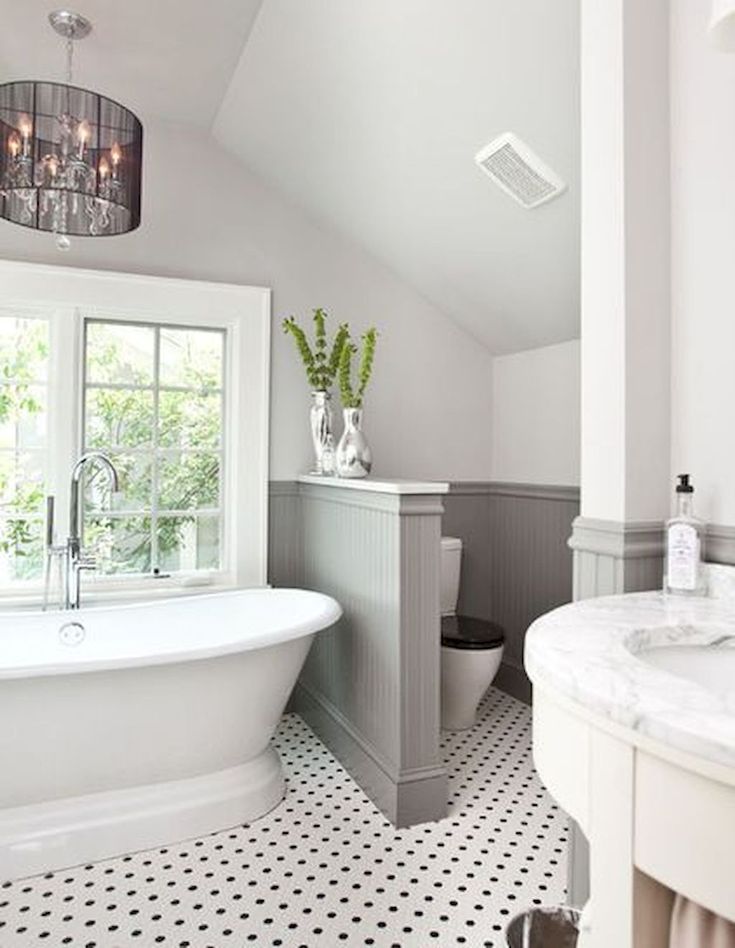
- See: How to tile a bathroom wall - start small and build up your skill with this handy guide
7. Not consulting bathroom experts
(Image credit: Future/Davide Lovatti)
Bathroom installation can be tricky, involving spatial awareness and technical skill, so it pays to have an interior designer, a specialist bathroom designer or, at the very least, an experienced builder or plumber with an eye for design.
'A builder may tell you that the most important factor in planning a bathroom is working with the existing services,' explains Hugo Tugman of Architect Your Home , 'but architects and bathroom designers tend to disagree.'
'We look at where fittings work best and determine where the services need to be afterwards – in that way, the design of the room isn’t compromised. Of course, there are regulations about distances – specifically horizontal ones – that waste and water can travel but, with thought, most obstacles can be overcome.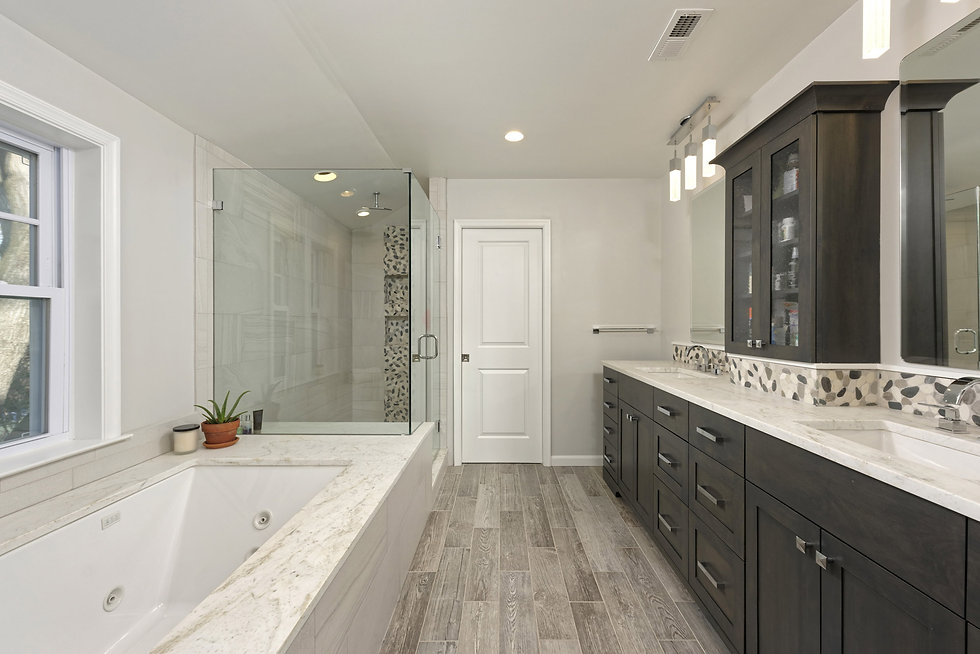 '
'
Bathroom designers can also help with plumbing considerations. How you will heat the room is also crucial, so it is well worth enlisting the help of experts as early in the project as possible.
8. Insufficient storage
(Image credit: Future/Brent Darby)
Toiletries, towels, cleaning products, toilet roll - there can be no doubt that bathrooms need plenty of storage. You could forgo cupboards and cabinets, storing everything in a separate area of your home, but the trips back and forth to restock your washspace will inevitably become tiresome.
'We all love the look of minimalist concepts,' agrees Yousef, 'but the reality for the majority of us is far more practical and should be appropriate for everyday use.'
'Bespoke fitted furniture is great as it utilises every inch of your space, so even if your bathroom is fairly compact, you can really maximise your storage space.'
If you're remodeling the entire bathroom, there's no better time to invest in fitted furniture. Doing it all in one go will guarantee you avoid an expensive retro-fit months after your project has ended.
Doing it all in one go will guarantee you avoid an expensive retro-fit months after your project has ended.
'Choose clever storage solutions, such as mirror cabinets or shower recesses, to make the most of your space,' adds Yousef.
See: Bathroom storage ideas –clever ideas to make the most of your space
9. Losing a bathtub
(Image credit: Future/Chris Everard)
They take up a lot of space and you may not use it often (if at all) but if you plan to sell your house in the future, don’t get rid of the tub if it's the only one in the house. People will always want to buy a home with a bathtub in it - especially those with small families. Instead, consider an over-bath shower to save on space.
10. Not planning the layout properly
(Image credit: Future/Davide Lovatti)
Reconfiguring a bathroom can be an expensive outlay and it's best wherever possible to stick to the original layout, at least for the positioning of the toilet.
If however, the existing design just isn't working, or you plan to move walls to make the bathroom larger or smaller, a new layout may be required.
'When designing bathrooms,' says Yousef, 'I always start with the layouts, as they’re what will dictate the whole room. The layout is mostly defined by the position of the soil stack for the toilet and whether it can be moved or not.'
'The toilet has stricter limitations that moving pipework due to the fall of the waste. Once you know where this is positioned, you can start to decide where the basin, bathtub and shower will go. A badly planned layout can be impractical in the best of cases, but can lead to serious problems, such as piping'.
What should you not do when remodeling a bathroom?
(Image credit: Future/Paul Raeside)
As with all other building or renovating projects, don't spend to your exact budget. Always include a contingency budget of at least 10 to 15 per cent more, as you never know what issues that your builders or plumbers may unearth mid-works.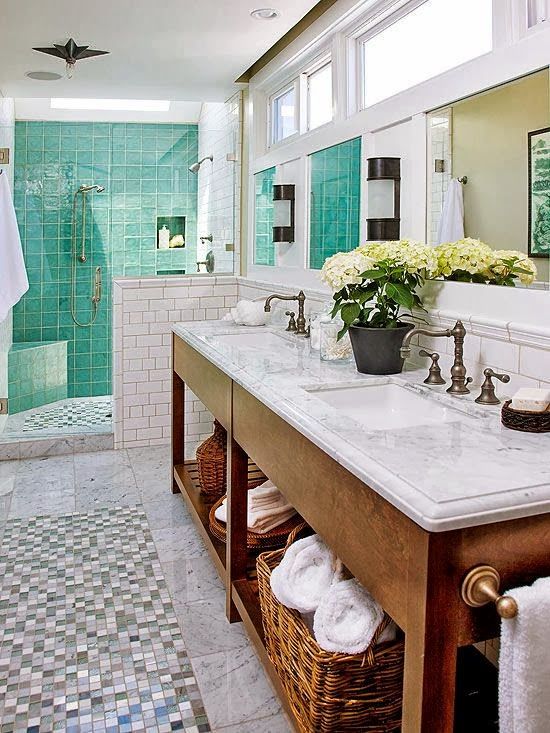
In what order should you remodel a bathroom?
(Image credit: Future/James Merrell)
The view when you enter is a good starting point for a bathroom design. Choose one key piece, be it a stand-alone bathtub, striking vanity unit or a beautifully tiled shower area and, if the proportions allow, plot a symmetrical layout, perhaps aligned with an architectural feature such as a sash window.
'Seek specialist help to see beyond the existing layout. It’s surprising how even the smallest bathroom can be imaginatively planned,' says Darren Paxford of VitrA .
What's the most expensive part of a bathroom renovation?
(Image credit: Real-Stone & Tile)
Depending on the materials and furniture you choose, usually the most expensive element of a bathroom remodel is the specialist advice and labor.
From an architect to bathroom designer, builder, tiler and plumber, up to half of your budget could go on their expertise. It's no wonder many people try to take on the work themselves (and often fall foul of the many pitfalls).
Ginevra Benedetti is Associate Editor on the Homes Content Team at Future. She has been writing about interiors for the past 16 years on the majority of Britain’s monthly interiors titles, such as Ideal Home, Country Homes & Interiors and Style at Home, as well as Livingetc and of course, Homes & Gardens. This naturally lead her into writing for websites like HomesandGardens.com.
8 bathroom renovation mistakes - INMYROOM
Designing a bathroom can seem like a simple task. However, even a very careful approach does not always protect against mistakes. Let's look at the most common ones again
Creating a bathroom design can seems at first glance a fairly simple task. However, even very A careful approach does not always protect against later identified mistakes. So let's revisit the most common ones to still get the expected result. nine0003
1. Small budget for great ideas
Someone includes future expenses 15-20 interest on unforeseen expenses, and it is enough for someone to rely on luck.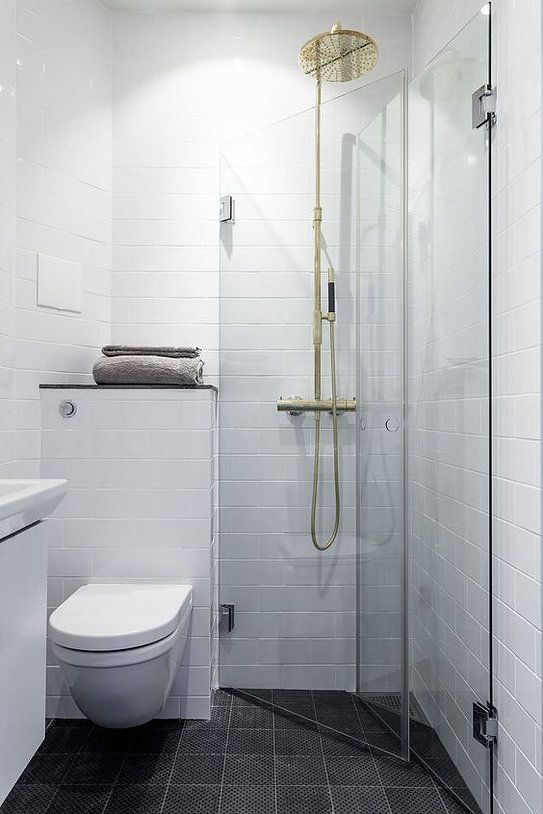
It is important to remember that incorrect communications, faulty plumbing can lead to significant adverse effects, therefore, engaging in arranging a bathroom is not worth saving.
2. Incorrect installation
If you are not very good at installation plumbing, placement of electrical outlets and other issues related to When it comes to bathroom remodeling, it’s best to call in a professional. nine0003
But even in this case, monitor the quality and progress of the work: is the bath staggering, how high is the sink, how well the installation of siphons is carried out for drainage, whether water drips, whether there are strong odors, where sockets are installed, what type. Pay attention to how securely attached to wall mirror.
3. Irrational planning
Remember to plan your travel and activities within the bathroom. Let it be small in size, however, rational use of space will allow you to avoid inconvenience in future. nine0003
Consider not only the footage of the room, but even your height.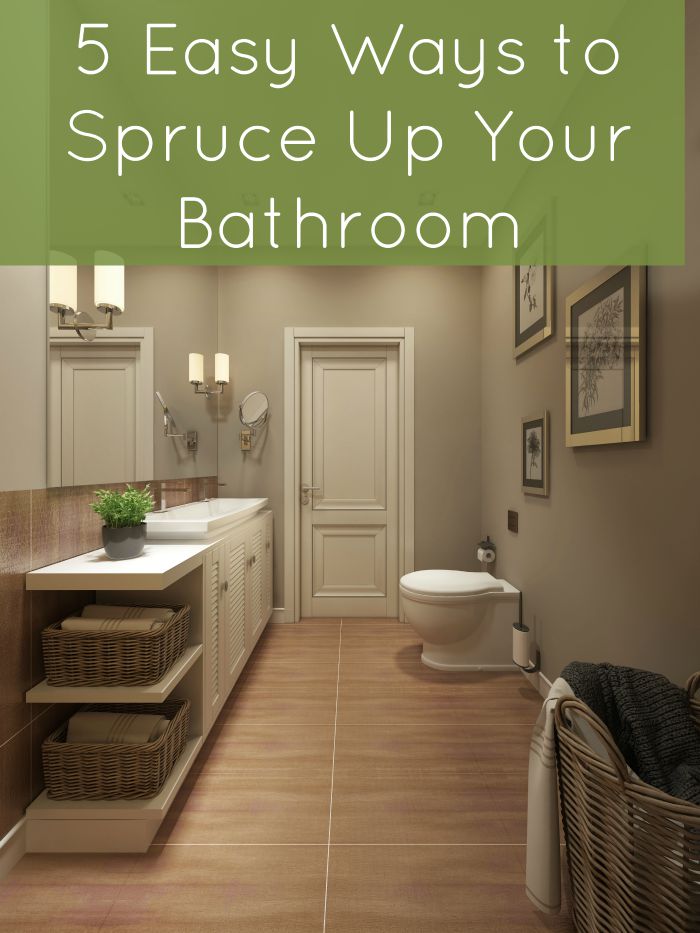 To do this, imagine for a moment How would you like to arrange everything ideally. This will help create the so-called starting point, but the area and the intended content will adjust the final result.
To do this, imagine for a moment How would you like to arrange everything ideally. This will help create the so-called starting point, but the area and the intended content will adjust the final result.
4. Without thoughts of the future
Try to plan with thoughts of the future. Think over the bathroom so that at any time it would be possible to bring some adjustments in accordance with any changes. Suddenly you have a flatmate will appear, or maybe it is necessary to shelter relatives not on one day. nine0003
5. In pursuit of fashion trends
Today, designers offer a variety of original ideas. However, remember the practical side of using one or other thing.
It may happen that an unusually shaped sink is contribute to splashing water, and an intricate mixer will simply uncomfortable. A lot of features can be another marketing ploy.
Think about what you really need and what you will use. Bright and even flashy colors are best used in accessories - if necessary. you can easily change them to others. nine0003
you can easily change them to others. nine0003
6. Inappropriate materials
The bathroom is one of those rooms dominated by conditions of high humidity and temperature differences, therefore, to be sure be sure to purchase materials that are intended for use in such places.
It is even important to choose a special paint that has special properties. So you do not have to constantly do cosmetic repair, and you will also avoid the appearance of unnecessary sources of mold and fungus.
7. Poor lighting
Subdued dim lighting can be an excellent factor for creating an atmosphere of relaxation. But for everyday routine such a light scenario is still not the best solution.
When bad in lighting, the skin often looks tired and unhealthy. In addition, the lack of light may affect your own safety. Therefore, sources must be placed near the mirror and above the bath or shower - so, at least, less chances of slipping and falling. nine0003
8. Poor ventilation
Ensure good ventilation to avoid the appearance of mold, fungus and other not the most pleasant consequences of increased humidity. The method of ventilation in this case should be considered even before starting repair work.
The method of ventilation in this case should be considered even before starting repair work.
Mistakes when renovating a bathroom: how to avoid typical mistakes and illegal redevelopments
We bought sanitary ware for the bathroom, but it "does not fit" literally by a millimeter. For some reason, water is poorly washed off in the toilet bowl, and it smells from the shower like from a public restroom. Already scared? But this is not a complete list of problems that may arise. I'll tell you about the most common
Elena Gorenstein's workshop
Mistake 1. Making the entrance to the bathroom from the living room exit to the living room.
In fact, in such projects there are always two or more bathrooms. That is, if one bathroom belongs to the master bedroom, and the second - conditionally guest - goes into the corridor, the project can be considered legal. With a single bathroom, such a trick will not work: the redevelopment will not be agreed.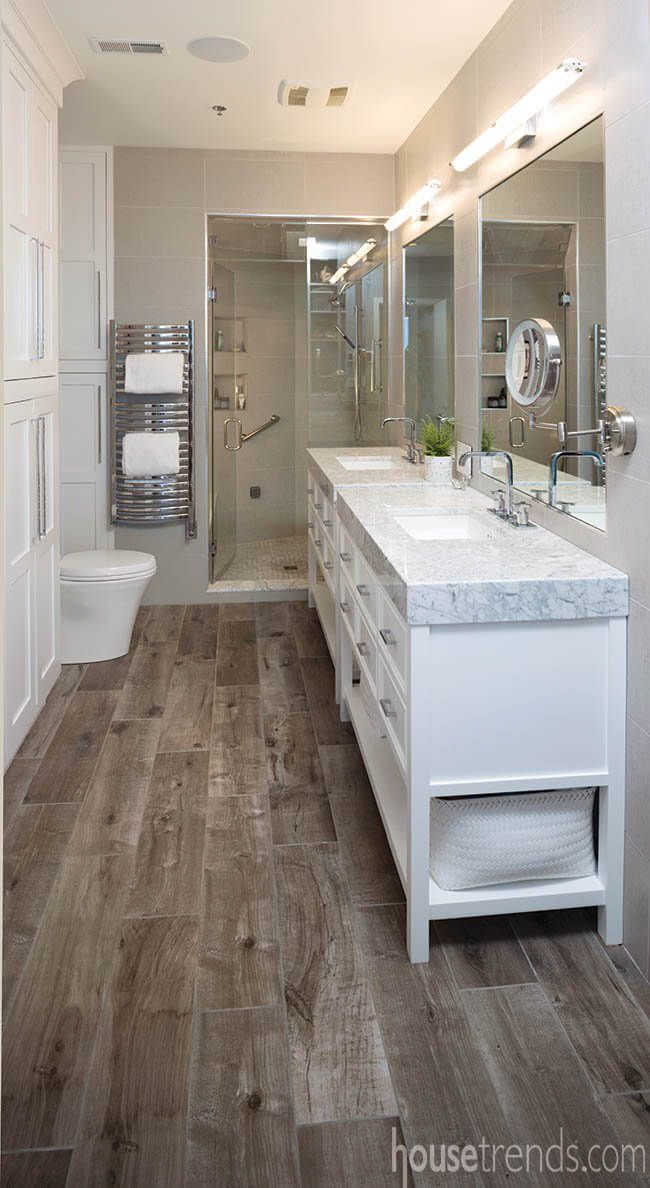 nine0003
nine0003
How to avoid? Coordinate the project before the start of redevelopment - this will save you from unknowing mistakes and illegal steps.
katerina_l
Mistake 2: Buy plumbing "by eye", without a plan and measurements apartment. But there are a lot of opportunities to install plumbing conveniently.
First, you can buy a smaller version. Compact are not only washing machines, but also sinks, showers and even toilets. Study the technical specifications and installation recommendations for the selected models - you will be very surprised! nine0003
ABOUT THIS…
A delicate question: How to choose a toilet bowl so that it is comfortable
Vera Vasilenko
Secondly, I advise you to take measurements after finishing the finish (before installing plumbing). So your masters will precisely mount suspended plumbing at a height convenient for you. And there will be no situations when, due to the total thickness of the tile and the layer of tile adhesive, something does not enter literally half a centimeter. Make sure you have enough space and buy. Or - look for a compact analogue, as I described above. nine0003
And there will be no situations when, due to the total thickness of the tile and the layer of tile adhesive, something does not enter literally half a centimeter. Make sure you have enough space and buy. Or - look for a compact analogue, as I described above. nine0003
An alternative way is to immediately plan a placement of appliances and furniture that does not adjoin the walls and does not depend on their (changed) thickness. For example, plumbing can be swapped relative to its original position “before repair” or deployed at different angles. For example, in the project in the photo, the toilet is turned at an angle: the technique is not new, but still one of the most effective in case of lack of space. The built-in corner cistern additionally saves space by forming a shelf.
Important: If you swap the sink and toilet or install a Jacuzzi instead of a bathtub, this is not a redevelopment, but a refurbishment. Such works will also have to be coordinated.
Mico Bathrooms
Mistake 3: Make pipes less sloped than desired
A common story: the toilet is moved far from the original junction with the sewer, which causes an unpleasant smell inside the bowl. There are two ways to avoid this situation. First, make the pipe as short as possible. Secondly, it is imperative to install pipes with a slope, but there are some nuances here: because of this, you will have to raise the floor level in the bathroom, and, possibly, in the entire apartment. nine0061
There are two ways to avoid this situation. First, make the pipe as short as possible. Secondly, it is imperative to install pipes with a slope, but there are some nuances here: because of this, you will have to raise the floor level in the bathroom, and, possibly, in the entire apartment. nine0061
Le Atelier
An unpleasant smell can also come from the shower cabin if the drain is made to the floor and the water does not drain. To prevent water from accumulating, observe a pipe laying slope of 3 cm per linear meter, with a diameter of 40–50 mm. Accordingly, the farther your shower is from the sewer riser, the greater the slope of the pipe should be.
If the smell comes from the sink, it is most likely due to an improperly installed connection between the sewer network and the sanitary unit. The fact is that the water remaining in the siphon is a natural barrier to bad odors, thanks to which they do not enter the apartment. If the pipes are installed incorrectly, you lose this protection. nine0106
If the pipes are installed incorrectly, you lose this protection. nine0106
Tatiana Vakueva | Abwarten!
Error 4: Sew up the riser with communications
Sometimes sewerage and water supply pipes are located in a niche that the developer has provided - along with metering devices hidden behind a special hatch. But much more often the pipes are located just in the corner and just ask to be walled up. You can’t do this: if you need to repair or replace communications, you will have to turn all the partitions. The best solution is to hide the pipes behind doors or a partition, which, if necessary, can be easily dismantled. nine0003
The same with the bath hatch: the siphon can become clogged sooner or later, and you need to get to it painlessly. But it is especially important to mount the hatch at the hot tub: there is a motor here that will need maintenance.
ABOUT THIS…
Inspection hatch in the bathroom: Why is it needed and how to hide it?0081 - can be adapted to the shape of the finish. Read more in the article “ How to rationally use the space under the bathroom”
Read more in the article “ How to rationally use the space under the bathroom”
Arina Volkova
Error 5: Ignore the installation height
shells - 80-85 cm. Sometimes they are deliberately changed - for example, due to the growth of the owners.
I will say one thing: the level at which the device is located should not come as a surprise to you. And for this, it is necessary to measure the height of the installation relative to the finished floor - it will be seriously lifted by the screed and the laid pipes. The most annoying thing is that it is almost impossible to fix errors in the installation of the toilet painlessly - you have to disassemble the entire installation. It is easier to follow the builders and the installation height. nine0003
Igor Kurkin
On the photo above and on the left are examples when the sink was installed below the usual level.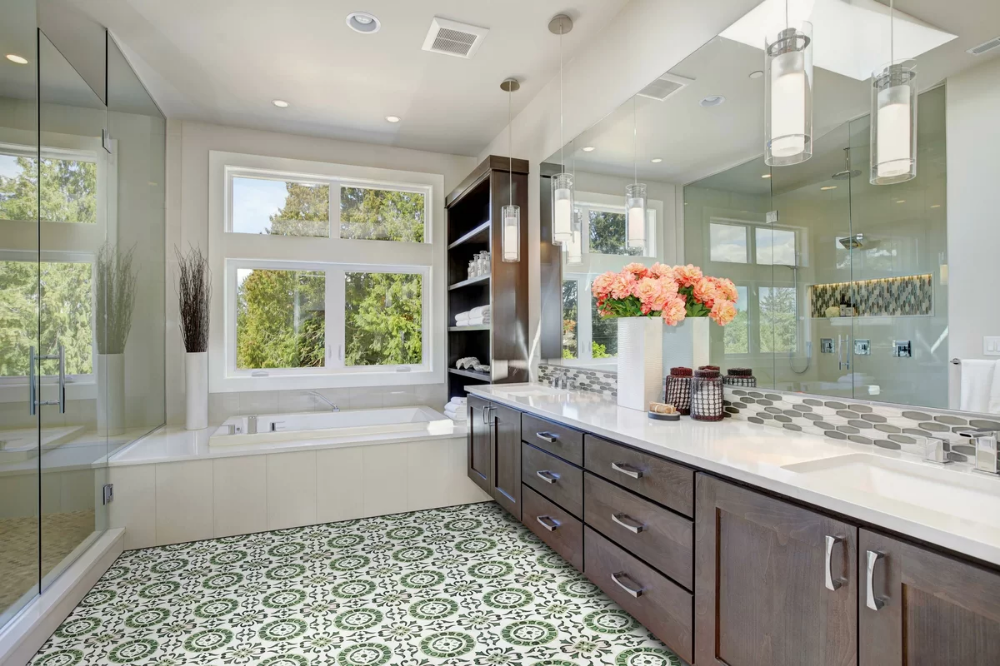 In one case, because of the owners of short stature, in the other - for the sake of children: at a height of 65 cm from the floor, they do not need a stool to brush their teeth
In one case, because of the owners of short stature, in the other - for the sake of children: at a height of 65 cm from the floor, they do not need a stool to brush their teeth
Anna Markovina
Error 6: Make the door to the bathroom airtight
Natural ventilation , which is in the bathroom by default, often does not cope with its task: condensation appears on the walls, and then mold. The problem is solved by installing forced ventilation. The cause of poor air outflow can be not only a clogged riser. But also the excessive tightness of the apartment: new thick double-glazed windows on the windows, a high threshold in the bathroom and the absence of a gap, which makes it difficult for air to pass through. nine0003
In the second case, you can use a life hack: make holes in the bottom of the door, and not break the threshold. Surely you have noticed: in many hotels there are ventilation grilles on the bathroom doors.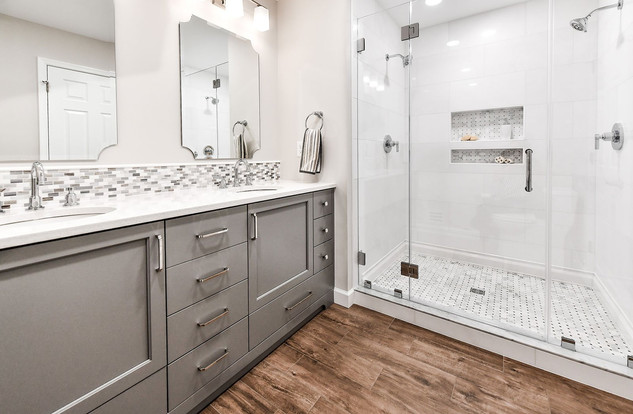 If you choose the right grilles, they will not add "household noise" to living rooms.
If you choose the right grilles, they will not add "household noise" to living rooms.
“Design Point”
Error 7: Dismantle the heated towel rail
Despite the ingenuous name, this device not only dries towels, but heats the bathroom, including protecting against mold. nine0003
It cannot be removed. You can replace it with a new one and transfer it to any wall, except for those common with neighbors, behind which there are living rooms. I do not advise buying a new heated towel rail larger than the old one: the neighbors pipe will become colder, and after a complaint, the inspection from the housing office will quickly find the culprit and force everything to be returned to its original state.
By law, it is not forbidden to hang an electric heated towel rail instead of a water heater: it is more aesthetic and works all year round, unlike a water heater, which stops heating when hot water is turned off. But these are additional kilowatts in the receipt. nine0003
But these are additional kilowatts in the receipt. nine0003
Studio Bazi
In the photo: a heated towel rail over the toilet - the most common and, perhaps, the most successful solution
By the way: Another annoying mistake when replacing a water heated towel rail is not getting the right size. Before you go to the store, measure the distance between the entry and exit points of the water.
Olga Shangina | Photography
Error 8: Incorrect installation of the boiler
Sometimes they try to hide the boiler in a ventilation box so as not to be an eyesore. This is a gross mistake and a dangerous violation of the law - in fact, an introduction into general house communications. nine0003
Correct - install the boiler in a niche or above the toilet, after making sure that the wall can withstand the device of the selected volume. The good news is that a water heater, unlike a gas column, can be hidden as you like - even behind wooden facades, even behind a curtain. You can't do that with a gas stove.
The good news is that a water heater, unlike a gas column, can be hidden as you like - even behind wooden facades, even behind a curtain. You can't do that with a gas stove.
ABOUT THIS…
Question: How to hide a gas water heater and water heater: Do not pressure test
Pressure test is the most important step in the repair of the bathroom: it helps to make sure that all pipes are installed correctly. Nevertheless, it is often not carried out: it would seem, why, if nowhere, it seems, there are visible leaks? Many are also embarrassed by the fact that for crimping you will have to call a specialist from outside - which means you have to pay again. You can, of course, carry out this procedure yourself, but then you have to rent a bulky pump. I still recommend not to experiment and call a plumber for pressure testing. nine0003
This procedure occurs as follows: after the assembly is completed, the system is filled with liquid and an excess pressure is created inside, which is several times higher than the working one.

